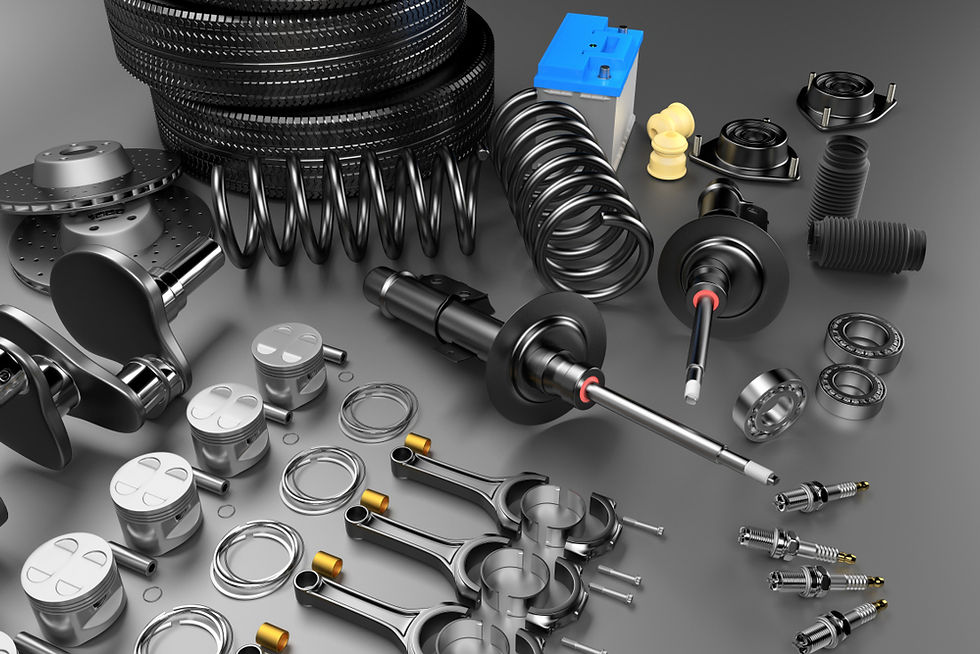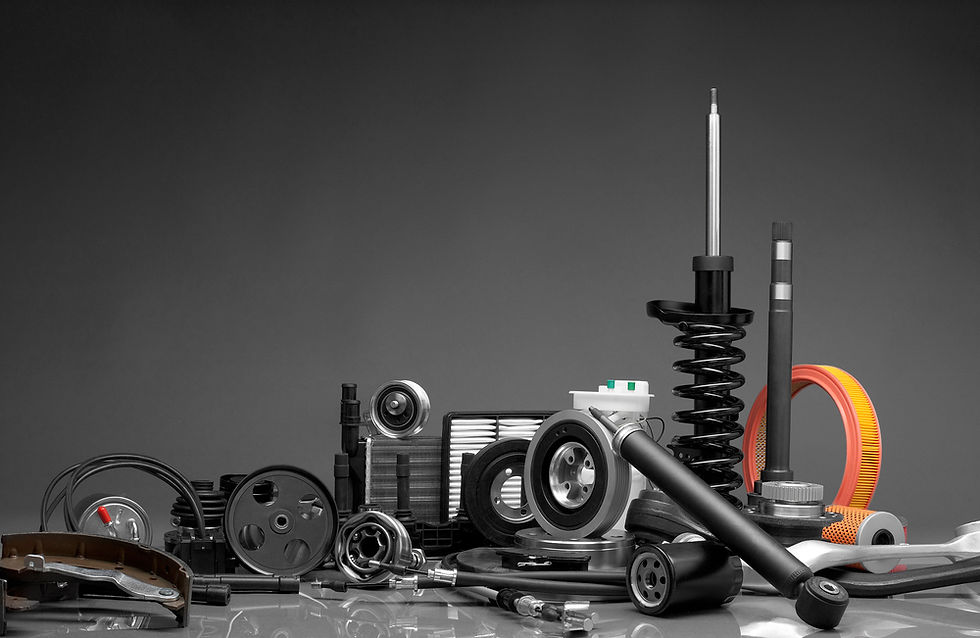Advanced Techniques for Installing 4x4 Accessories for Maximum Efficiency
- laurenbracy
- Aug 11, 2025
- 3 min read
Upgrading your off-road vehicle with the right 4x4 accessories can dramatically improve performance, safety, and comfort on any terrain. However, the way these accessories are installed often determines whether they will truly deliver maximum efficiency. This guide explores advanced techniques to ensure your 4x4 setup not only looks great but also performs flawlessly when it matters most.
Understanding the Role of 4x4 Accessories in Vehicle Performance

4x4 accessories are more than just visual upgrades — they’re functional tools that enhance your vehicle’s capability in off-road conditions. From bull bars and snorkels to suspension systems and roof racks, each component plays a role in improving durability, load capacity, and overall driving safety. Installing them with precision ensures you get full value for your investment.
Poor installation can cause rattles, reduce aerodynamic efficiency, strain other components, and even compromise safety. That’s why mastering advanced fitting techniques is essential for serious off-road enthusiasts.
Pre-Installation Preparation: Setting the Foundation
Before diving into the installation process, proper preparation is key.
Assess Vehicle Compatibility: Verify the accessory's compatibility with your setup by looking at the make, model, and specs of your car.
Understand Weight Distribution: Accessories like roof racks, winches, or rear carriers can alter balance and handling. Plan where each will go to maintain optimal weight distribution.
Use High-Quality Mounting Hardware: Subpar bolts and fittings can fail under stress. Always opt for grade-specific or OEM-recommended components.
A well-prepared workspace, complete with the right tools and protective gear, also helps prevent installation errors.
Advanced Techniques for Common 4x4 Accessories
1. Roof Racks
When installing a roof rack, alignment is critical. Misalignment increases wind resistance, which results in loudness and excessive fuel use. To install efficiently:
Use a laser level to align the rack perfectly with the vehicle’s roofline.
Bolts should be treated with anti-seize chemical to facilitate subsequent removal.
Test weight distribution before long trips to avoid stress on roof pillars.
2. Winches
A winch can be a lifesaver in off-road recovery situations, but it must be mounted securely to handle extreme loads.
Ensure the winch plate is mounted on reinforced chassis points.
Use torque specifications recommended by the manufacturer.
Pre-tension the winch cable under load before first use to prevent cable slack.
3. Suspension Upgrades
Improper suspension system installation can result in lower ride comfort, steering problems, and uneven tire wear.
Always lift the vehicle with high-capacity jacks and secure with axle stands.
Use a torque wrench to avoid over-tightening, which can cause bushing deformation.
Re-check alignment after installation to maintain handling stability.
4. Snorkels
A snorkel helps keep your engine safe from water ingestion, but only if it’s sealed correctly.
Drill template holes with precision to avoid panel damage.
To preserve the airtight integrity, apply automotive-grade silicone to all joints.
Before entering deep water crossings, test the snorkel.
Wiring and Electrical Considerations
Many modern 4x4 accessories require electrical connections, such as driving lights, dual-battery systems, and power inverters. Poor wiring can lead to voltage drops or even fire hazards.
Use waterproof connectors for outdoor-mounted accessories.
Route wiring away from moving parts and high-heat areas.
Put fuses near the power source to safeguard circuits.
For complex installations, consider using a relay system to prevent overloading your factory wiring.
Avoiding Common Installation Mistakes
Even experienced 4x4 enthusiasts can make errors during installation. Some of the most common include:
Skipping Torque Checks: Bolts that are too loose or too tight can fail prematurely.
Ignoring Manufacturer Instructions: Even universal accessories have specific mounting requirements.
Using Incompatible Parts: Mixing brands without checking compatibility can lead to fitting issues.
Maximising Efficiency After Installation

Installing 4x4 accessories is only the beginning — proper maintenance ensures they keep working at peak performance.
Regular Inspections: Check for loose fittings, rust, or damage after every off-road trip.
Lubrication: Moving parts like winches and hinges require periodic lubrication to prevent wear.
Load Management: Avoid overloading accessories such as roof racks and rear carriers beyond their rated capacity.
The Value of Professional Installation
While DIY installation can be rewarding, certain accessories require advanced skills or specialised tools. Professional fitters can:
Guarantee correct torque specifications.
Ensure compliance with road safety regulations.
rovide warranties for both parts and labour.
For complex installations like suspension lifts or electrical systems, seeking professional help can save time, money, and potential headaches.
Final Thoughts
When you're traversing difficult terrain, installing 4x4 accessories carefully and precisely makes the difference between a configuration that looks great and one that actually works. By combining high-quality components with advanced installation techniques, you’ll maximise efficiency, enhance safety, and extend the lifespan of your off-road gear.
With the right approach, your 4x4 will be ready to tackle everything from rocky trails to sandy dunes — and you’ll have peace of mind knowing every accessory is performing at its best.



















Comments